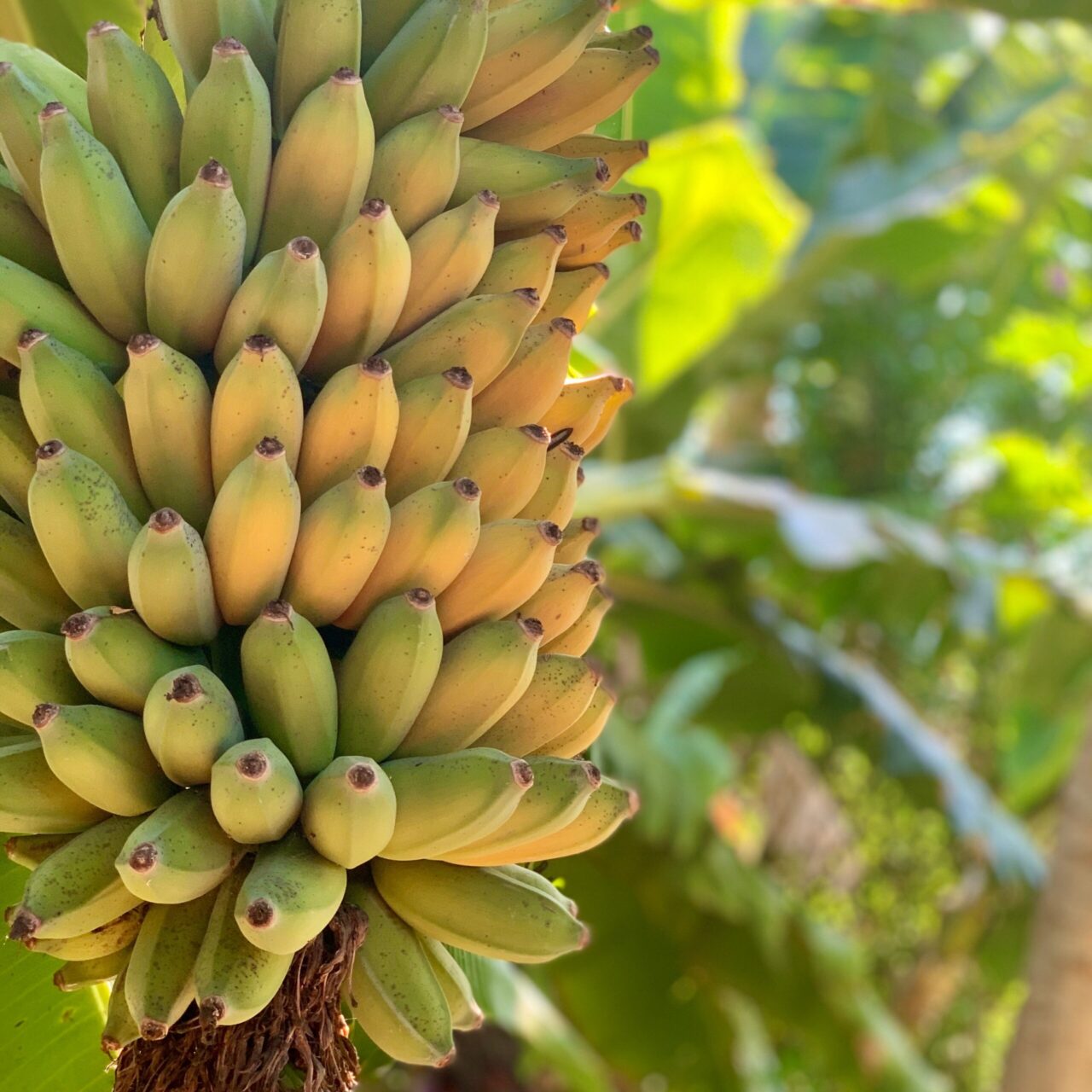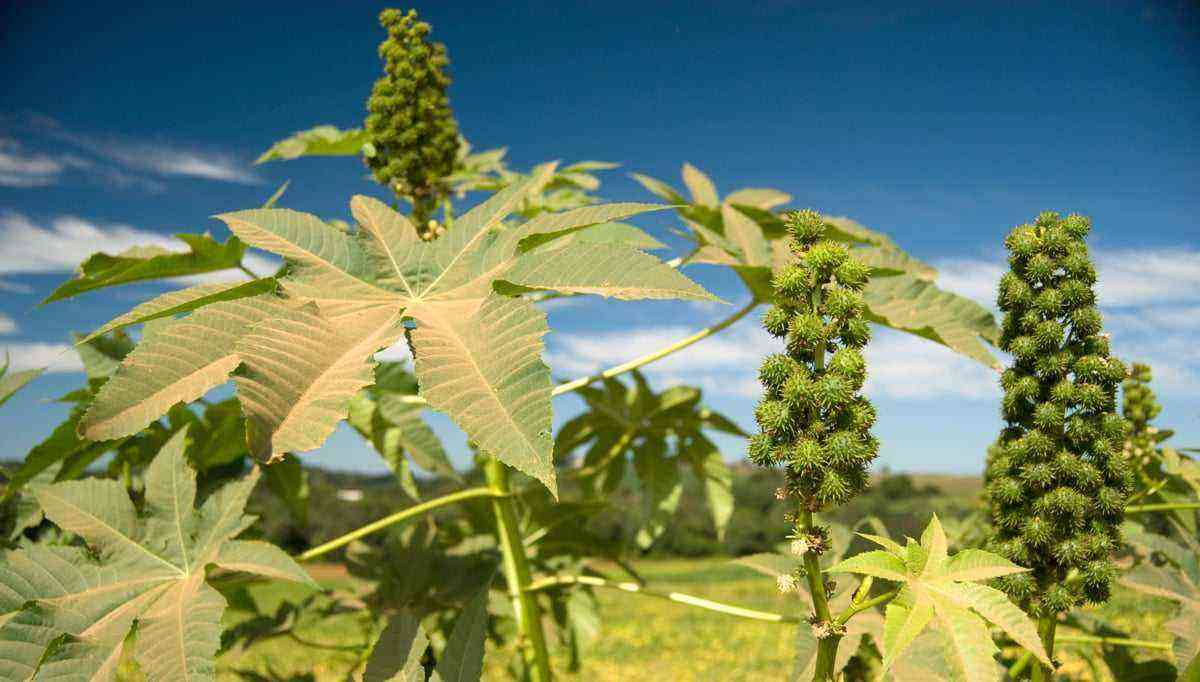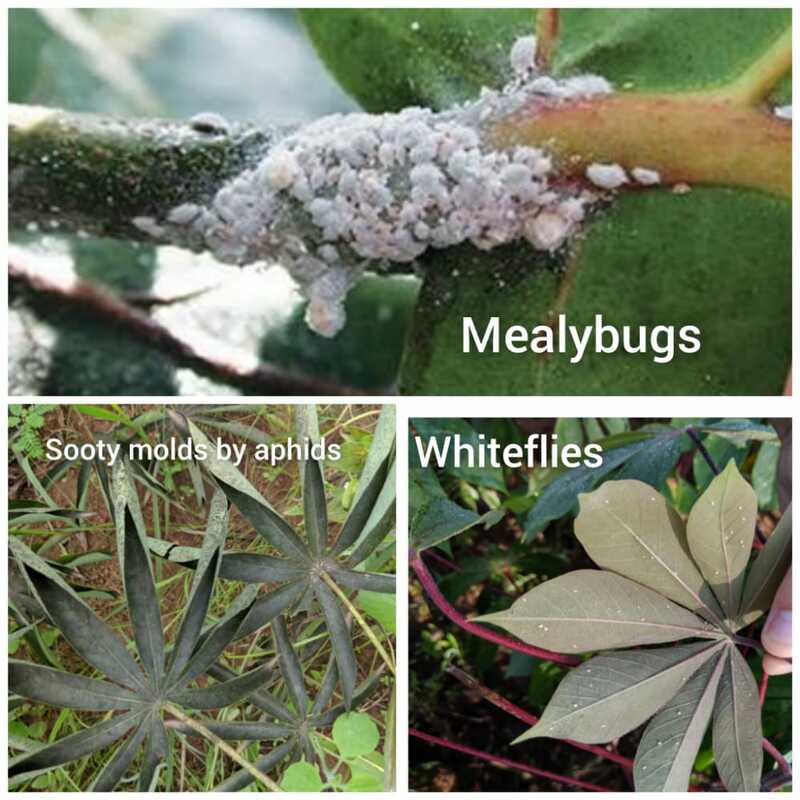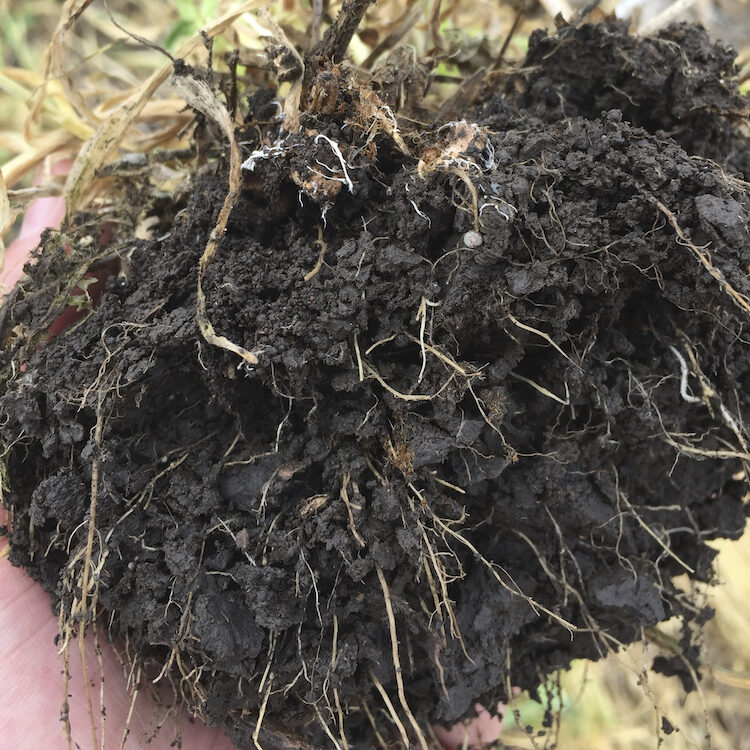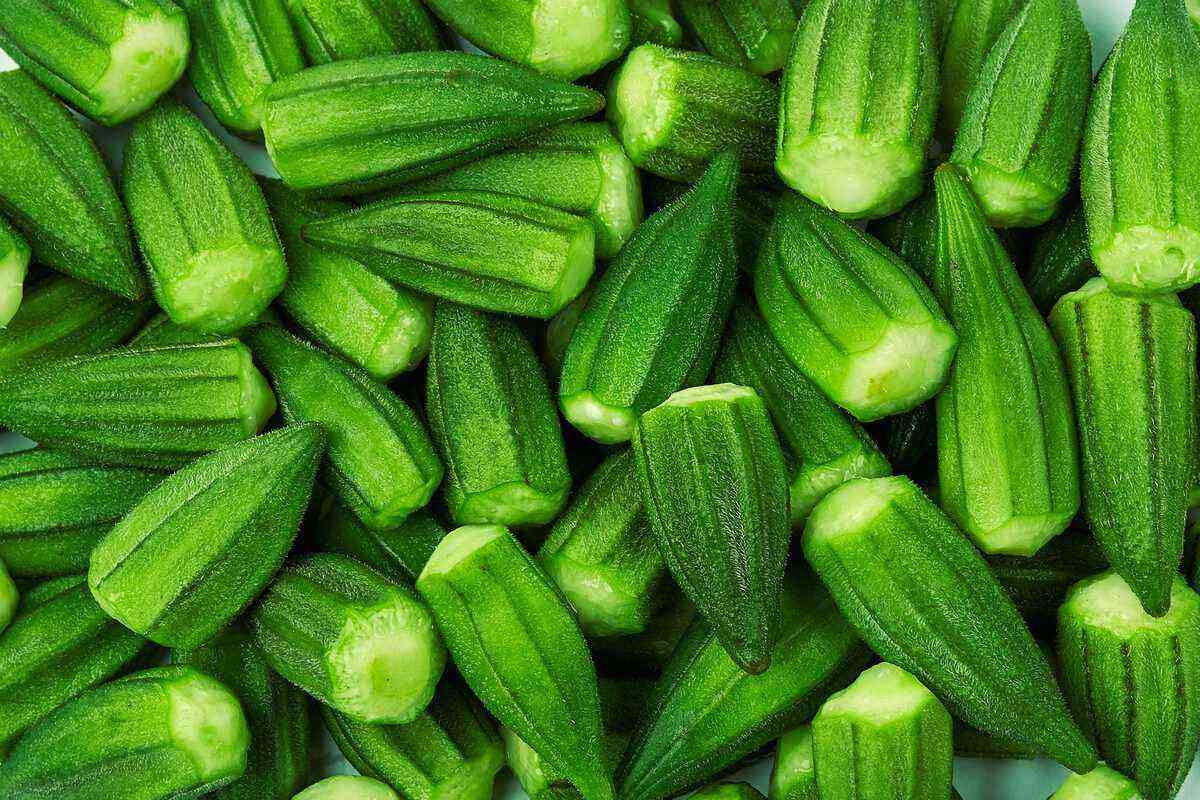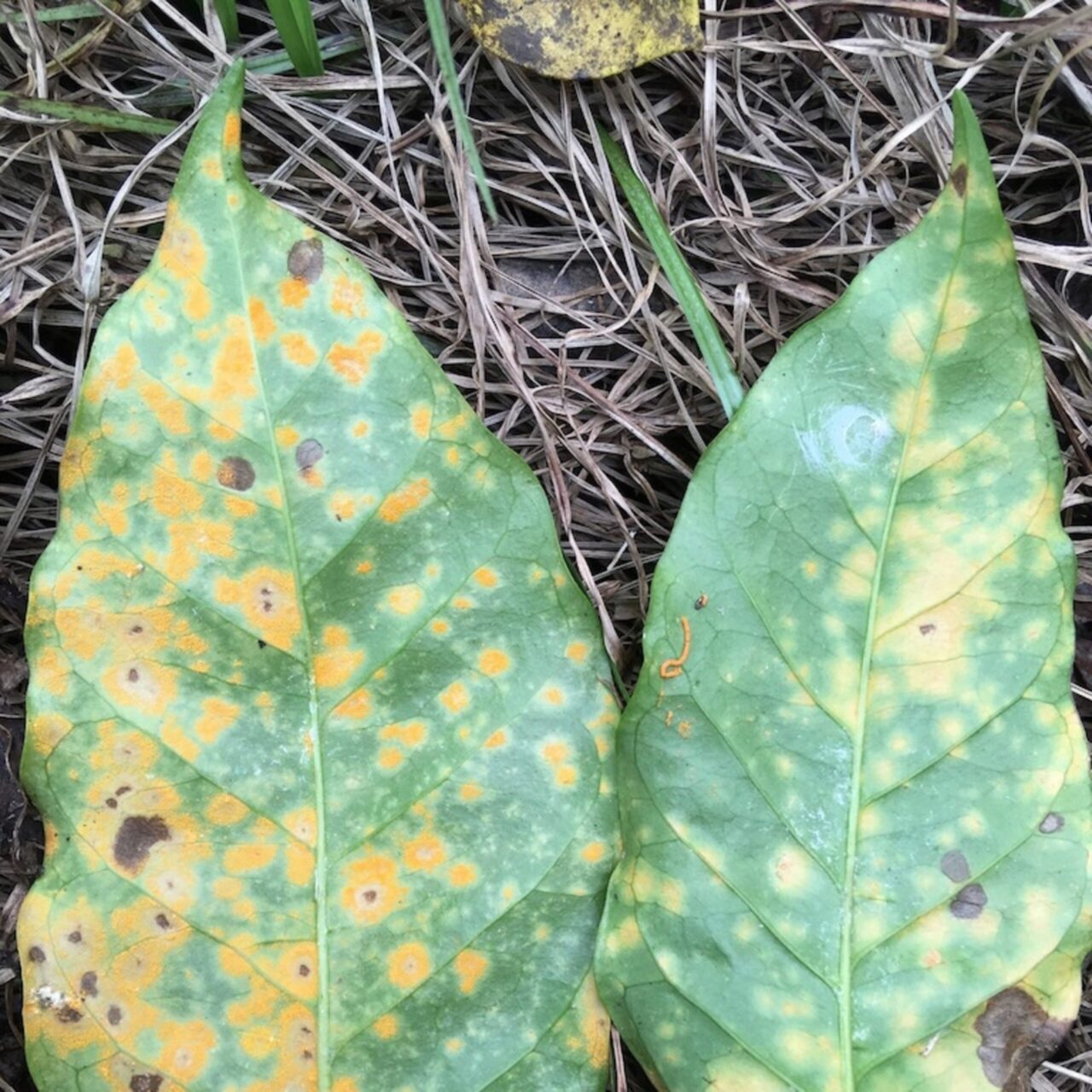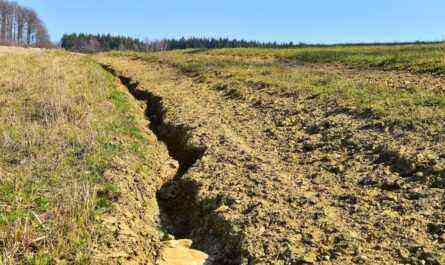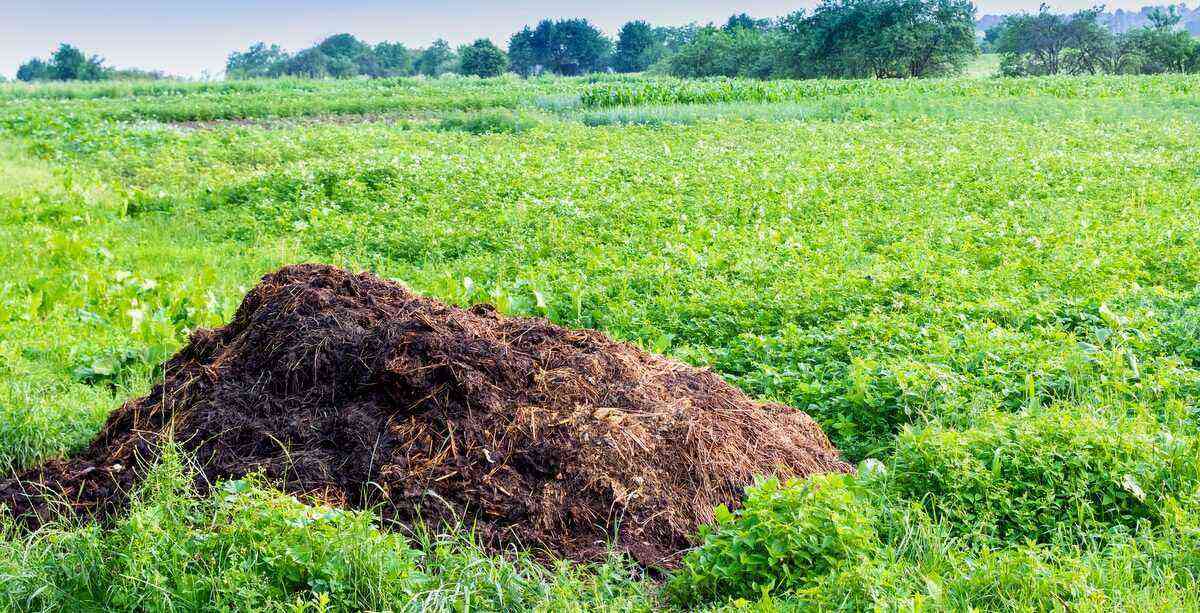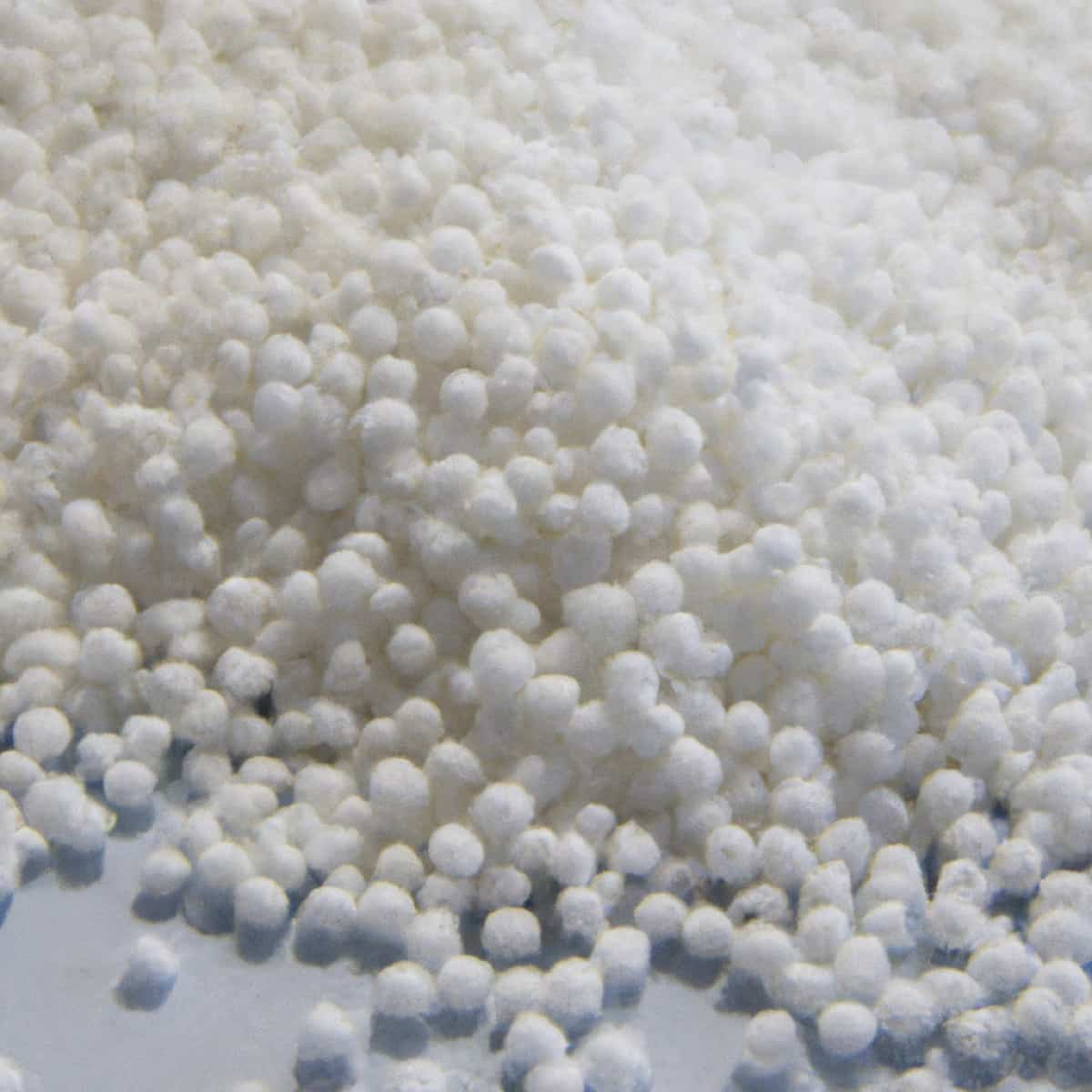A gibberell is a disease that affects wheat ears, as well as other species, such as barley, oats, rye, rice, corn, sorghum, triticale, among others. And the main cause of damage in wheat crops in southern Brazil.
In addition to causing damage to productivity and quality, FHB can contaminate the grain with mycotoxins harmful to humans and animals.
Therefore, in this article we are going to talk a little more about FHB, how to identify and control it. Check out!
What is gibberella?
Fib, also known as fusariosis of the ear, is a disease caused by the fungus Gibberella zeae (Fusarium graminearum).
environmental conditions of high temperature and humidity favor the incidence of the disease, through the propagation of the fungus through the rachis of the plant.
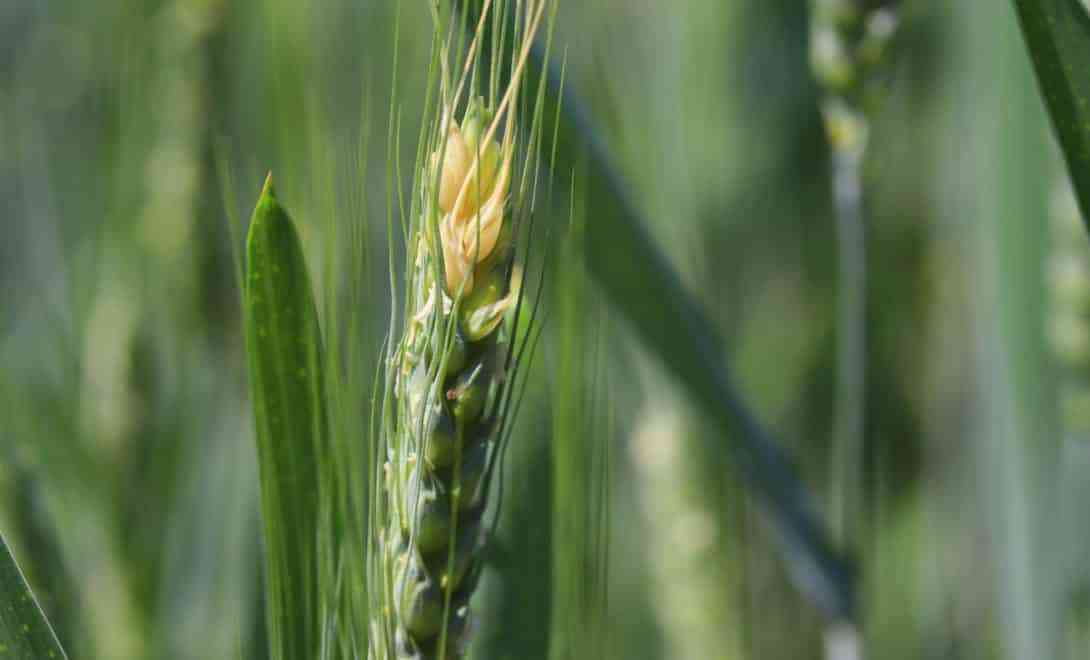
Fusarium head blight, or fusariosis, can also be known as ear whitening, because of one of its symptoms.
The period from earing to grain filling is the one that requires the most attention. When the infection is early, the grains are not even formed, and when developed, they become wrinkled and flat, with a white to brown color, and sometimes, pink, as we will see below.
Read also: Diseases in off-season corn.
How to identify FHB in your production
In wheat, FB usually attacks between the phases of earring to grain filling. If the fungus is not controlled in time, it can spread to all components of the ear.
See some of symptoms Next:
- sharp edges: when spikelets are whitish, or dead, they have this characteristic. This is one of the easiest ways to identify the disease;
- Infected spikelets: instead of the green hue, it has a straw, whitish ou no pigment;
- Slow infection: the grain usually stays wrinkled, rough and present a color rose.

In genotypes that do not have awns, FHB is characterized by discoloration of the spikelets.
See what are the risks of Fever in wheat
Fib can cause damage to wheat crops that directly compromise all agricultural productivity. This disease causes the floral abortion of the plant and causes the malformation of the grains.
All of this can represent a drop in productivity. The major consequence is financial loss for the producer and the reduction in grain supply in the country.
In addition, FHB in wheat also poses health risks for humans and animals. This is because the fungus ends up contaminating the grain with mycotoxins, such as zearalenone and deoxynivalenol.
Its ingestion usually causes symptoms such as vomiting, dizziness, headaches, abdominal pain, and other effects.
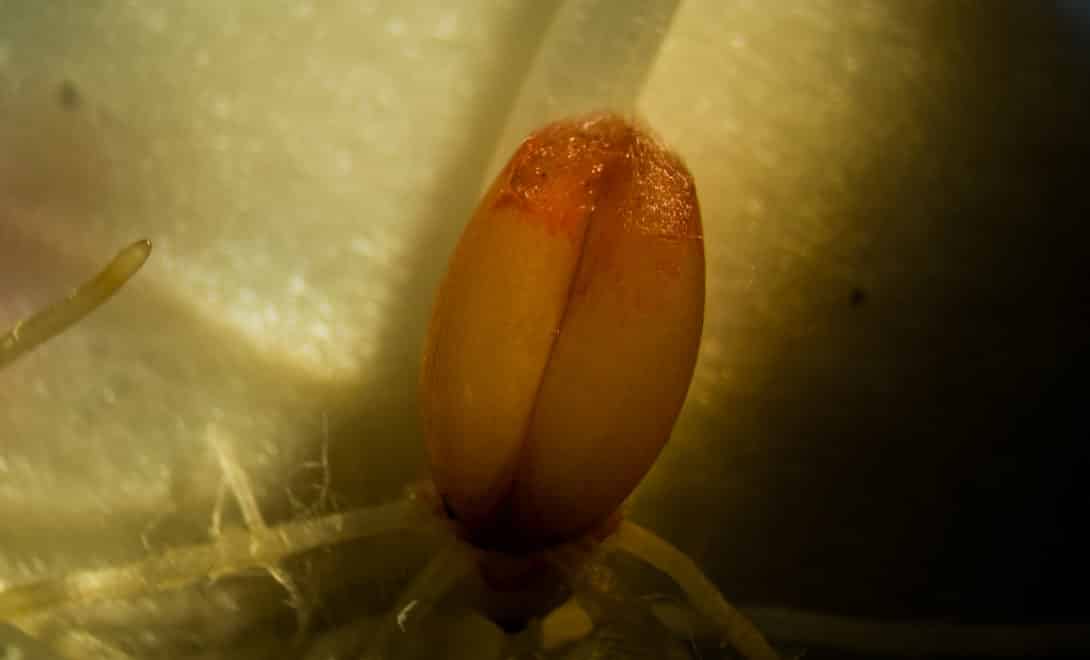
The fungus produces structures that form a salmon-colored mass also in some affected ears.
See also other features: Tomato diseases: find out more about them.
How to control?
Epidemic control of FHB in wheat is usually quite difficult, especially here in Brazil, due to the unavailability of tolerant or resistant cultivars. However, there are strategies during management that can protect your crop:
genetic resistance
Although there is no 100% chemical-free alternative, it is always recommended to prioritize less aggressive alternatives.
One of them is using materials that have some degree of resistance, such as seeds moderately resistant or only moderately susceptible.
cultural management
Planting the seeds on different dates is a way to try to avoid an outbreak of FHB in the field. Using varieties with different flowering seasons is also an alternative to Escape disease.
Attention should also be paid to the sowing window so that the plant blooms before the rainy season, not providing favorable environmental conditions for the fungus.

The occurrence of high humidity and temperature during flowering favors the spread of the disease.
chemical control
Control depends on the use of fungicides. This must be done in a way preventive, in the period that precedes the favorable season for the fungus infection.
The application must be made at least twice, the first at the beginning of flowering and the other 15 days later. The fungicides indicated for this are those from the group of triazoles, benzimidazole and strubilurin.
So, was this article helpful to you? Enjoy and also access our post on methods of controlling the corn spittlebug. Good reading!


